How Solar Panels Work?
Understanding how solar panels work is an essential step in the process of deciding if they’re worth installing on your home.
For the purpose of this article when I say solar panels I’m referring to photovoltaic panels (PV panels) which produce electricity as opposed to solar thermal panels which produce hot water.
As always there's a complicated explanation for how PV panels work, but I’m going to avoid that at the moment, as I'd like to keep this article as easy to follow as possible.
Anyway, the principle is pretty straightforward.
We're all familiar with solar powered calculators, and the small panel that powers the calculator is a small PV panel.

The calculator analogy is also a good way of demonstrating that PV panels don't need direct or even bright sunlight to work. If you cover the panel on a calculator with your hand it will stop working after a few seconds. Then when you remove your hand it powers back up (even when it's not in direct sunlight).
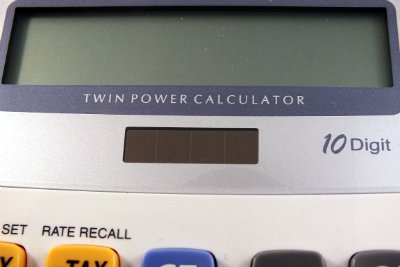
How solar panels work -The make-up of a solar panel:
The PV panels on the roof of your house operate in the same way to the strip at the top of your calculator.
PV panels and the strip on your calculator are made up tiny solar cells. Each of these solar cells is made of silicon semi-conductors.
When the Sun’s rays hit these semi-conductors, part of the light energy is absorbed by the cell. This in turn causes electrons to be knocked lose by protons and then, thanks to an electric field in the panel, the electrons flow in a single direction to form a current.
This current can then be drawn off to be used in your home.
One panel on its own wouldn’t produce significant electricity for your home. But when it’s connected to lots of other panels the amount of electricity can become significant.
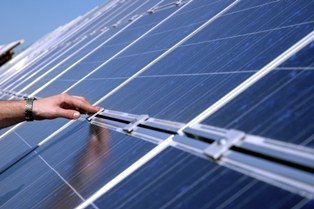
Other conditions required:
While PV panels will work in daylight, if you want to optimise the amount of electricity they produce you’ll want to make sure they're getting as much direct sunlight as possible.
This is achieved, here in the UK, by:
- Trying to get them orientated as close to south as possible Read more here on Orientation.
- Making sure they are elevated to between 30º and 40º if possible.
- Minimising any shading of the panels.
The panels will work on an East to West orientation and from 0º deg elevation (horizontal) to 90º (vertical).
But the further you go from the optimum position the less efficient they will be and therefore you'll produce less electricity and increase the time needed to payback your installation costs.
Get more details on whether your property will be suitable for PV panels here.
How does solar power work - Some facts:
The Sun's rays (on a bright sunny day) give off 1,000 watts of energy per square metre. That's approximately equivalent to the energy in one barrel of oil per square metre.
If you were to use a lens to focus one square metre of the Sun’s rays into a tight focal point it would be capable of melting granite (or for that matter anything on earth)!
Now that you know how solar panels work, please like this page at the top rightt corner or share it with a friend (below).
Check out my articles on the various advantages and disadvantages of solar
panels in order to help decide if they’re going to be suitable for your
particular property.







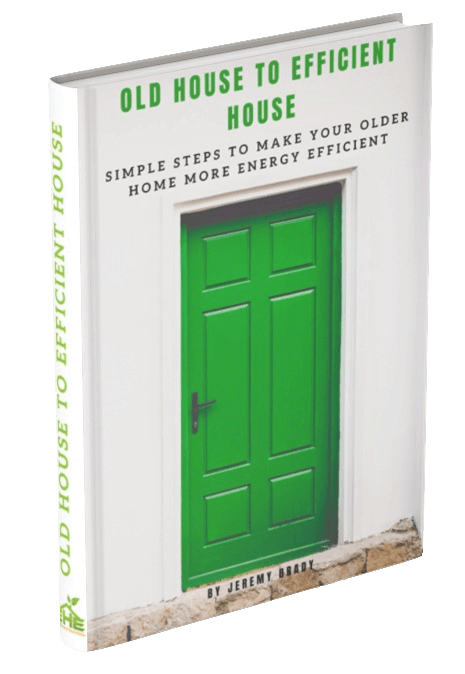




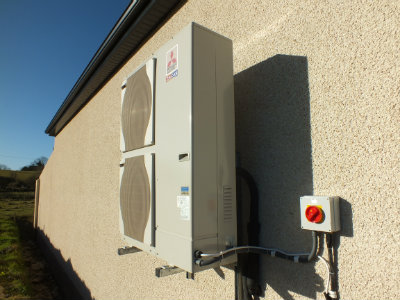
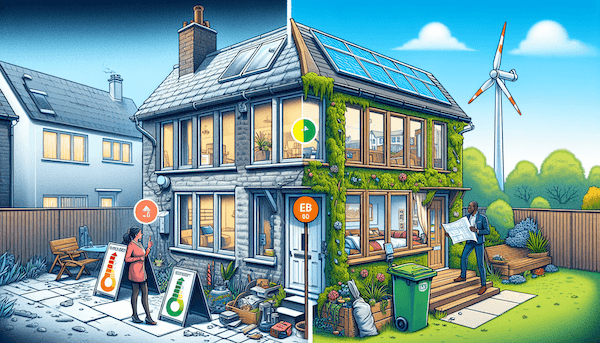
New! Comments
Have your say about what you just read! Leave me a comment in the box below.